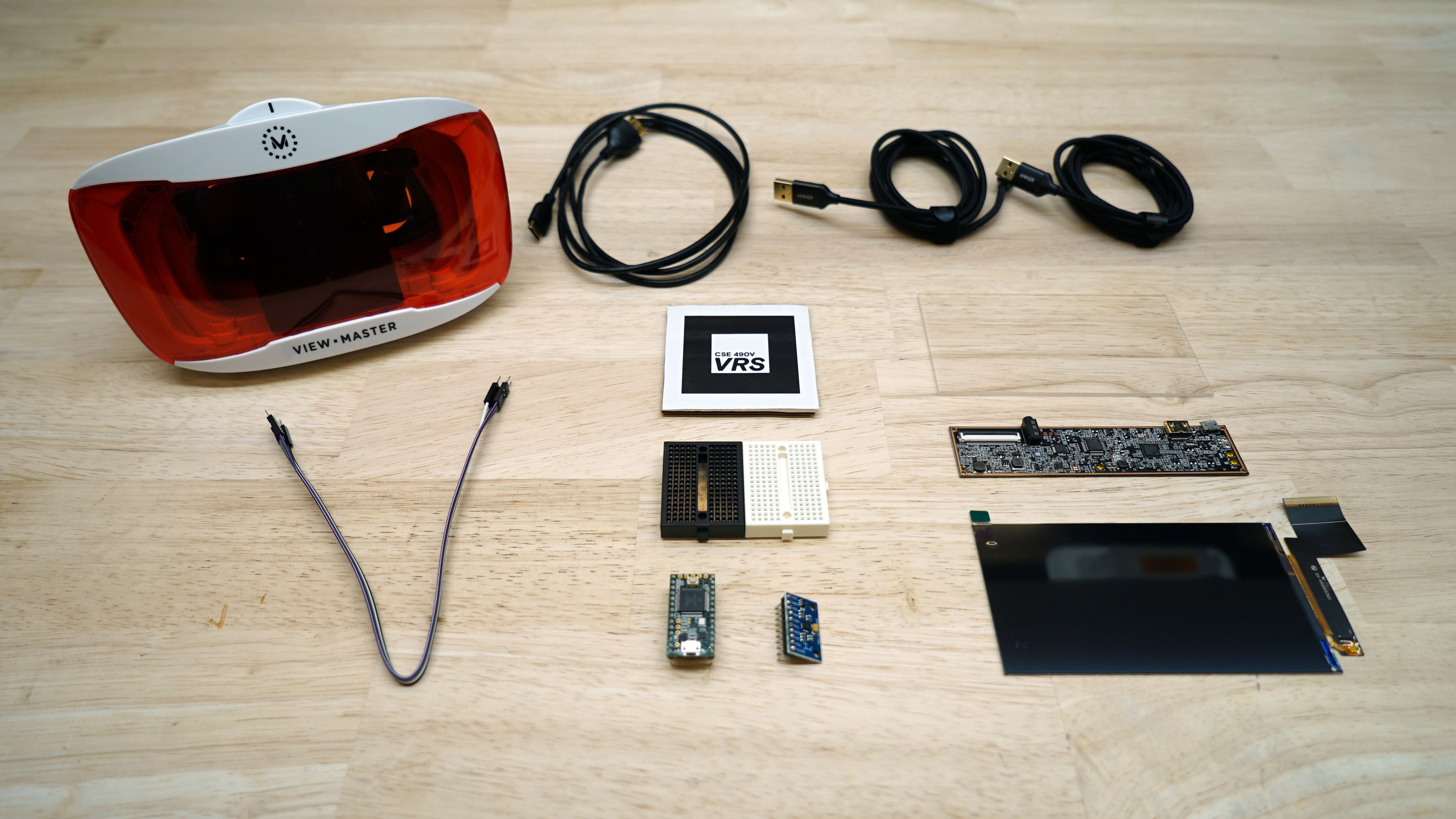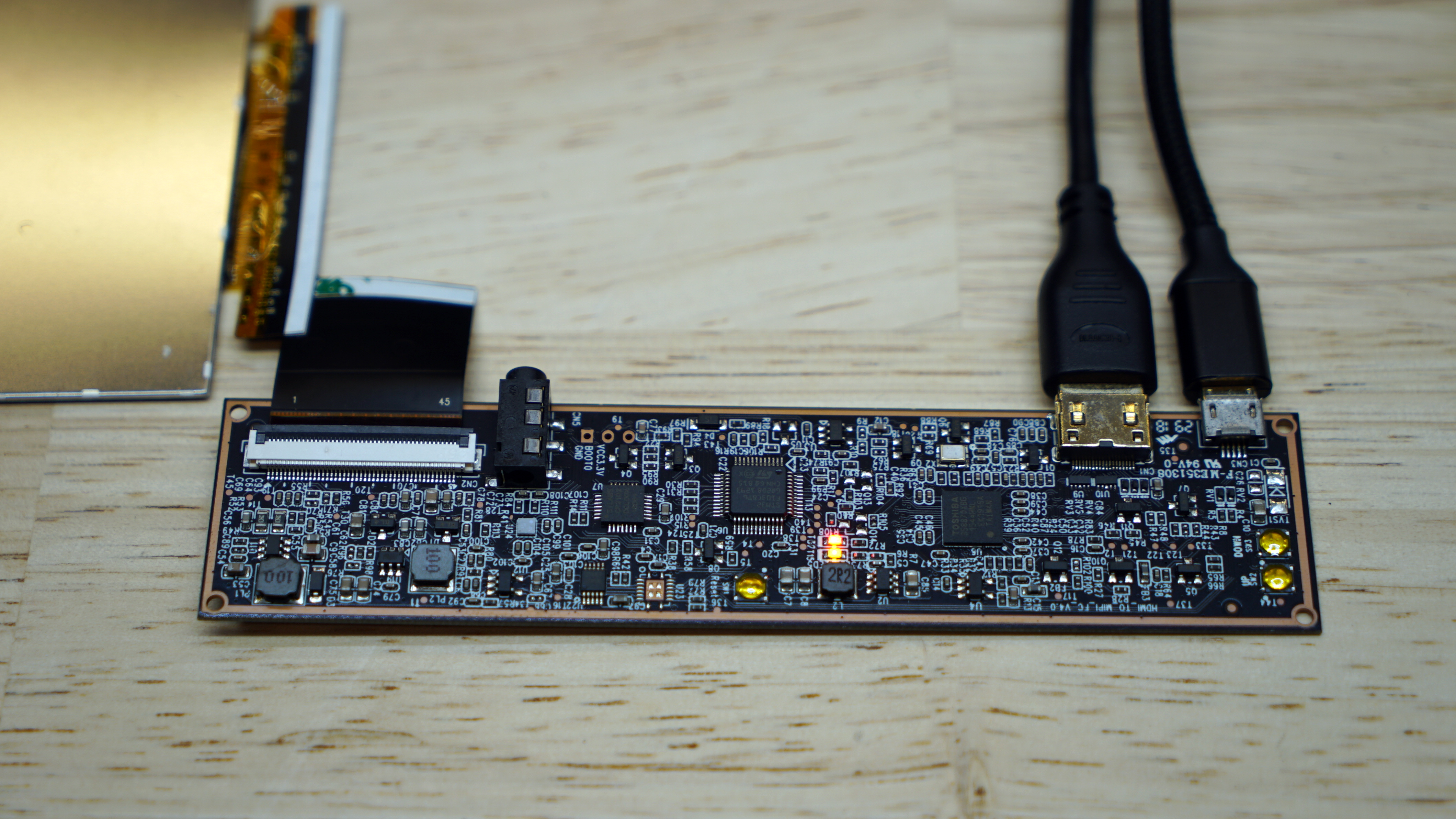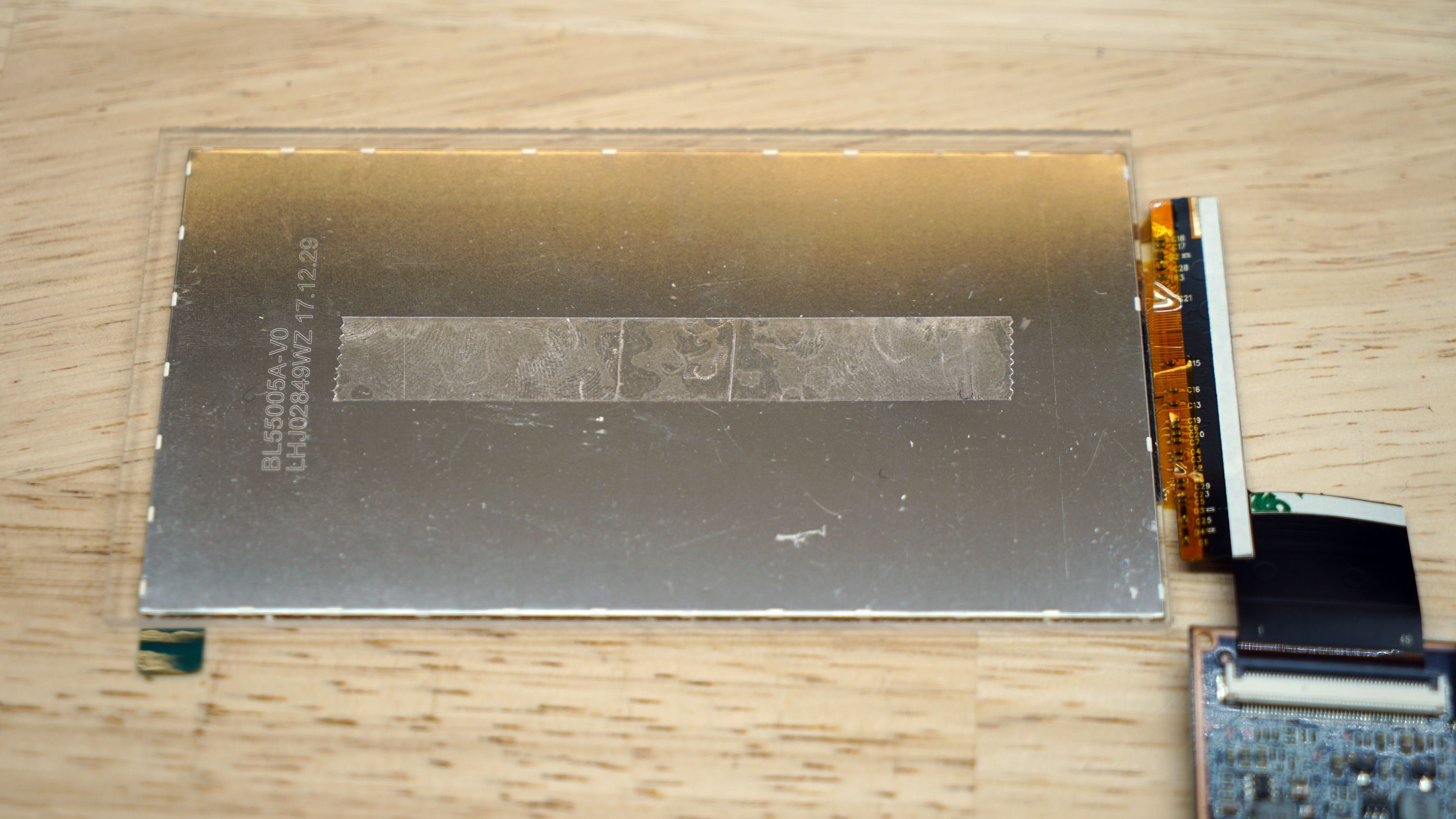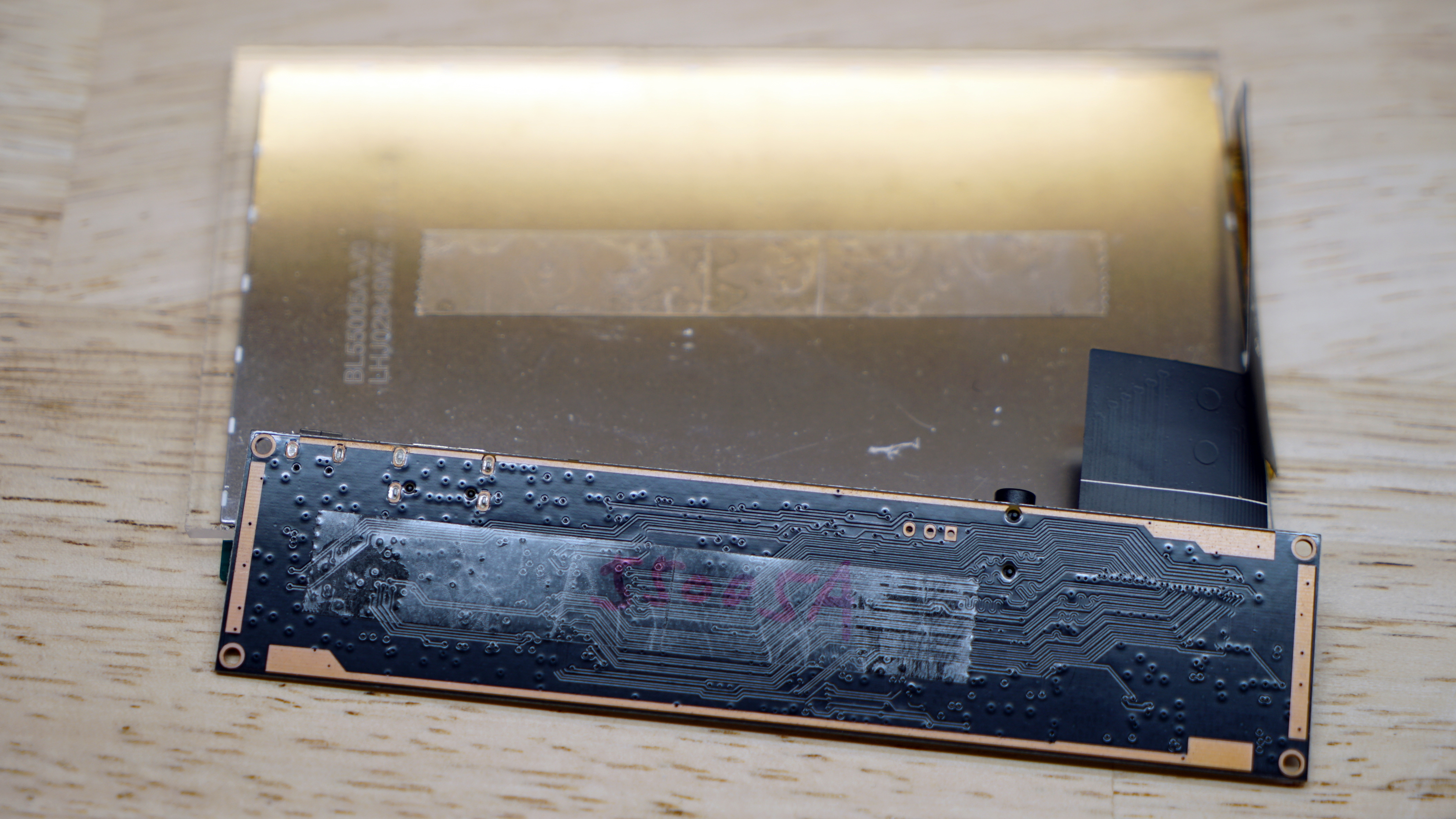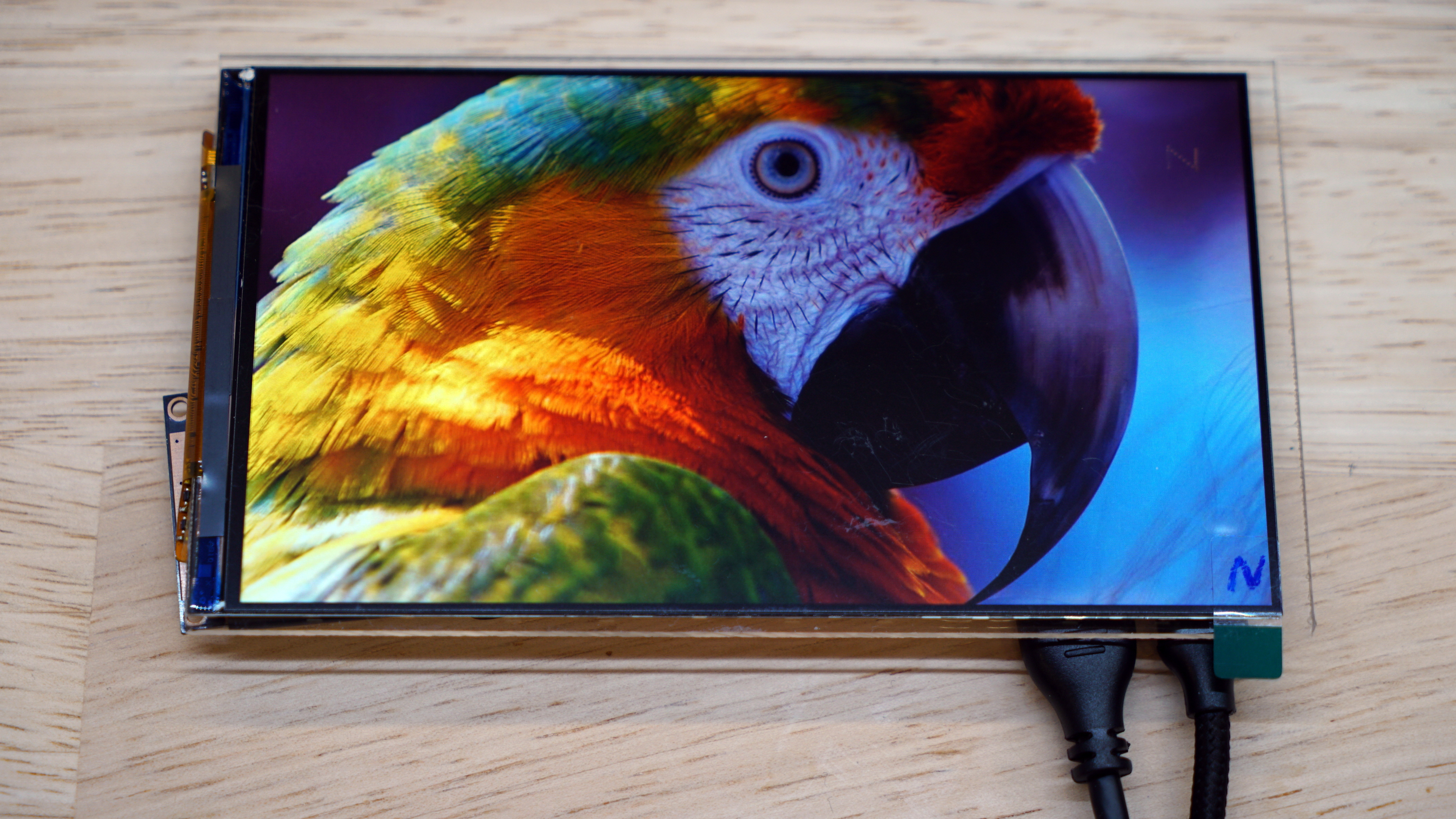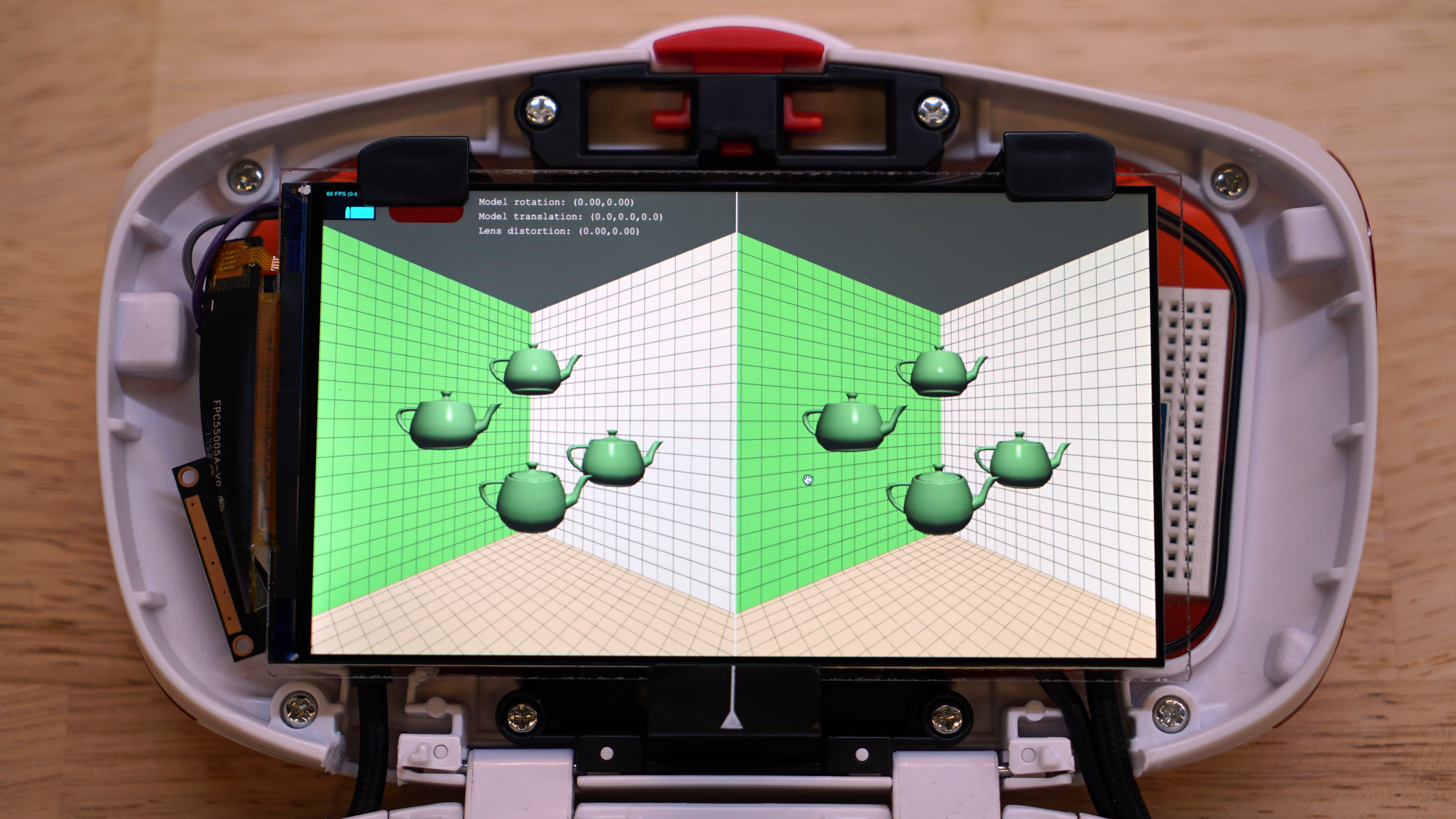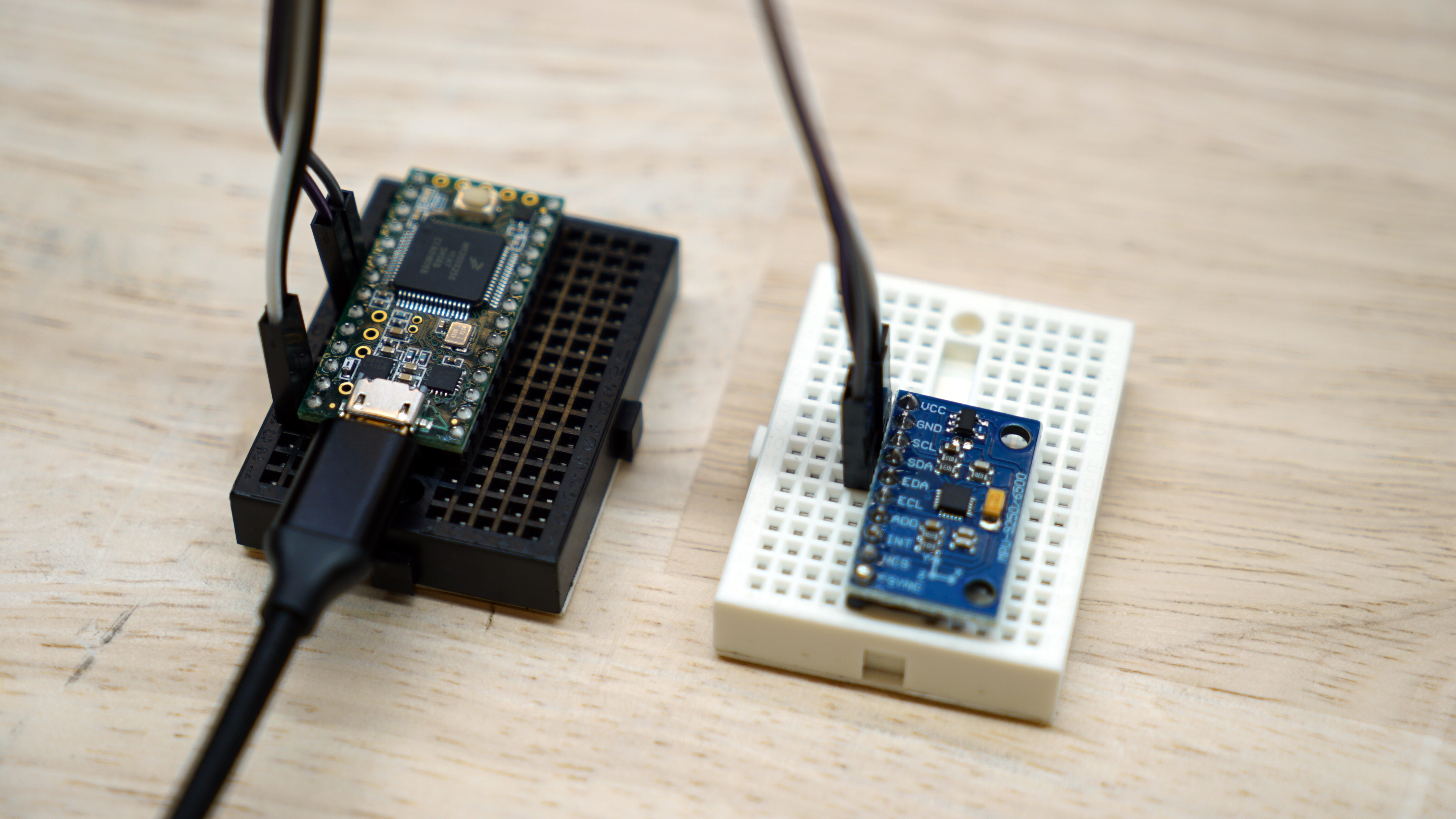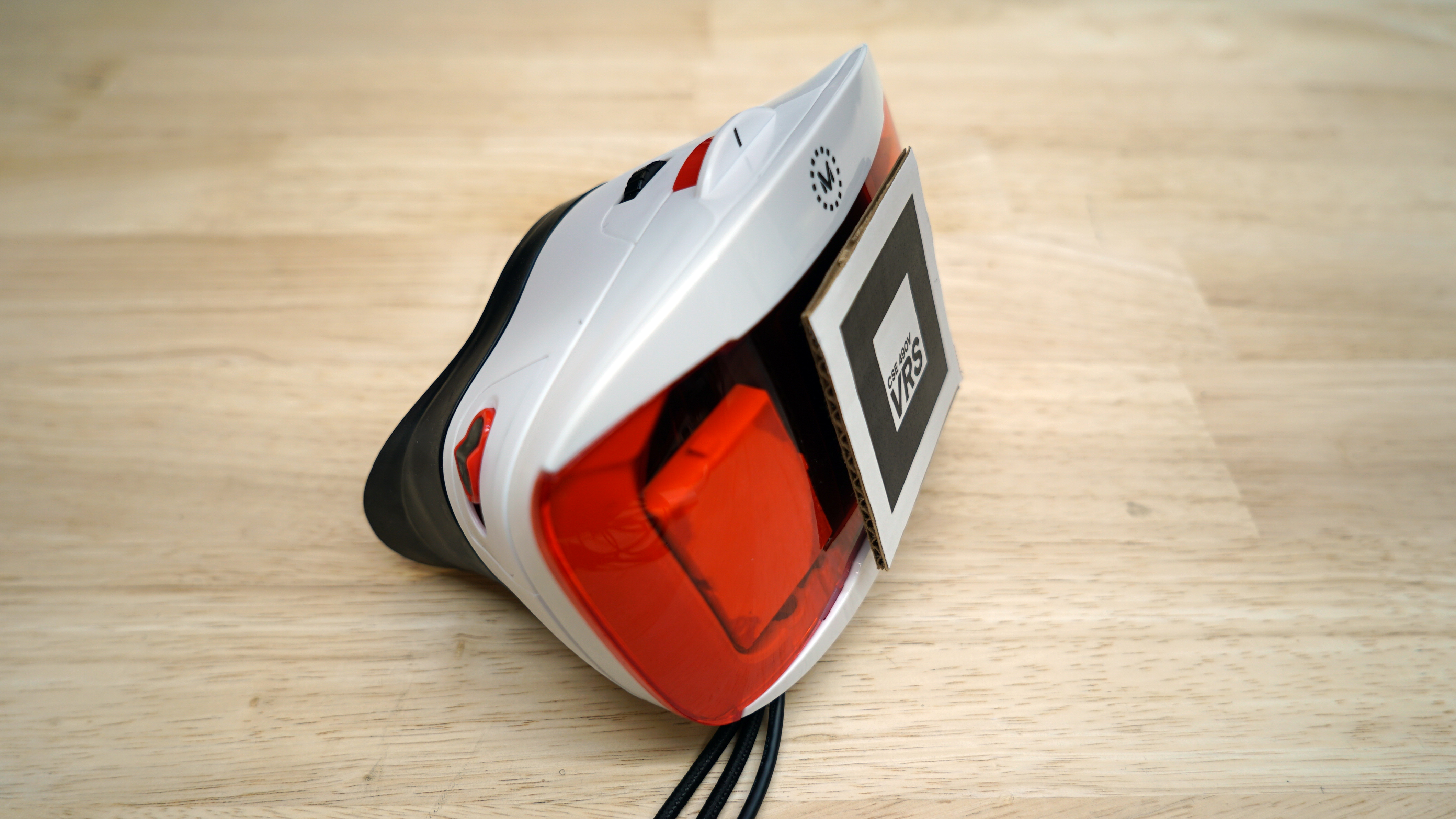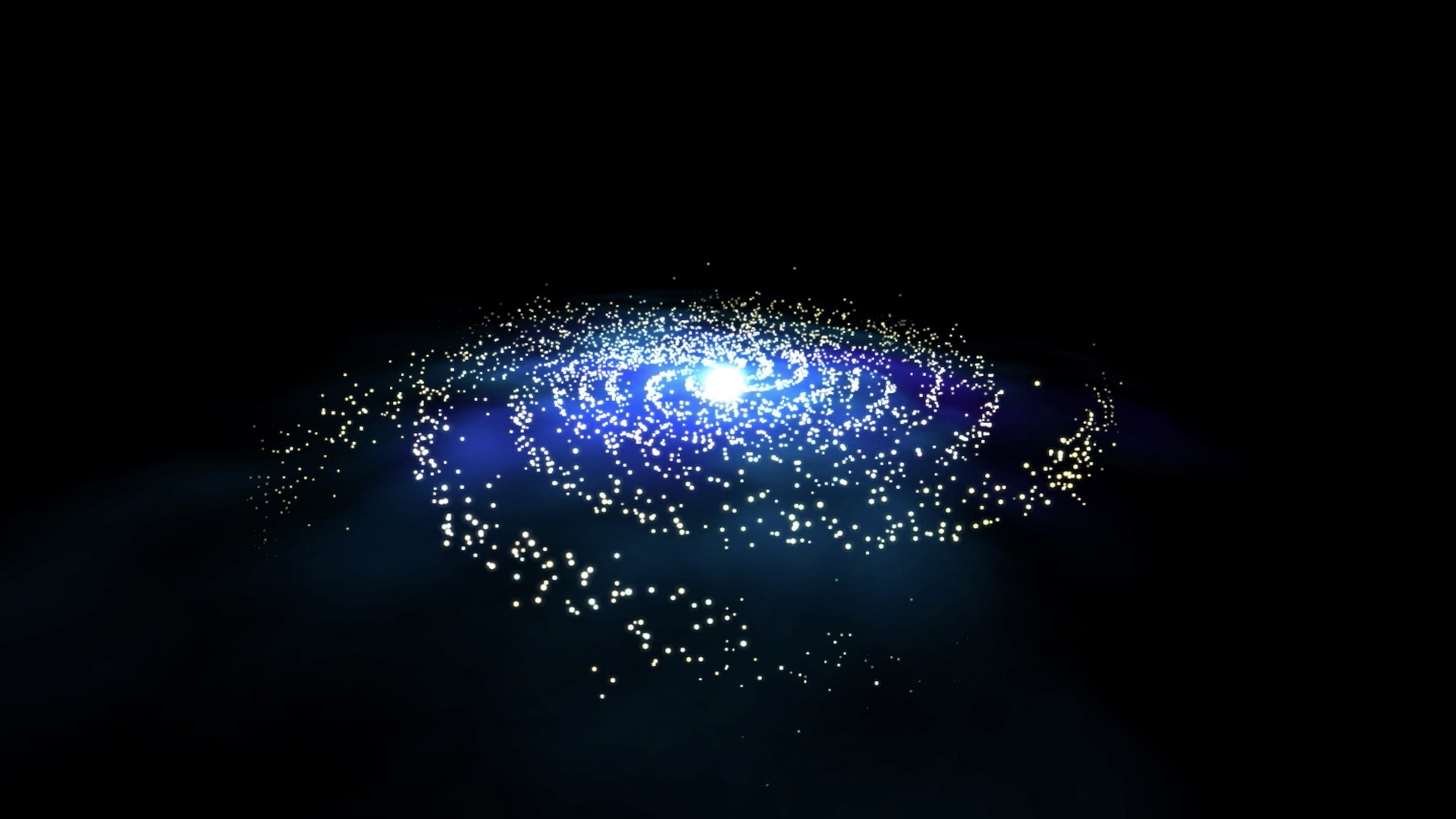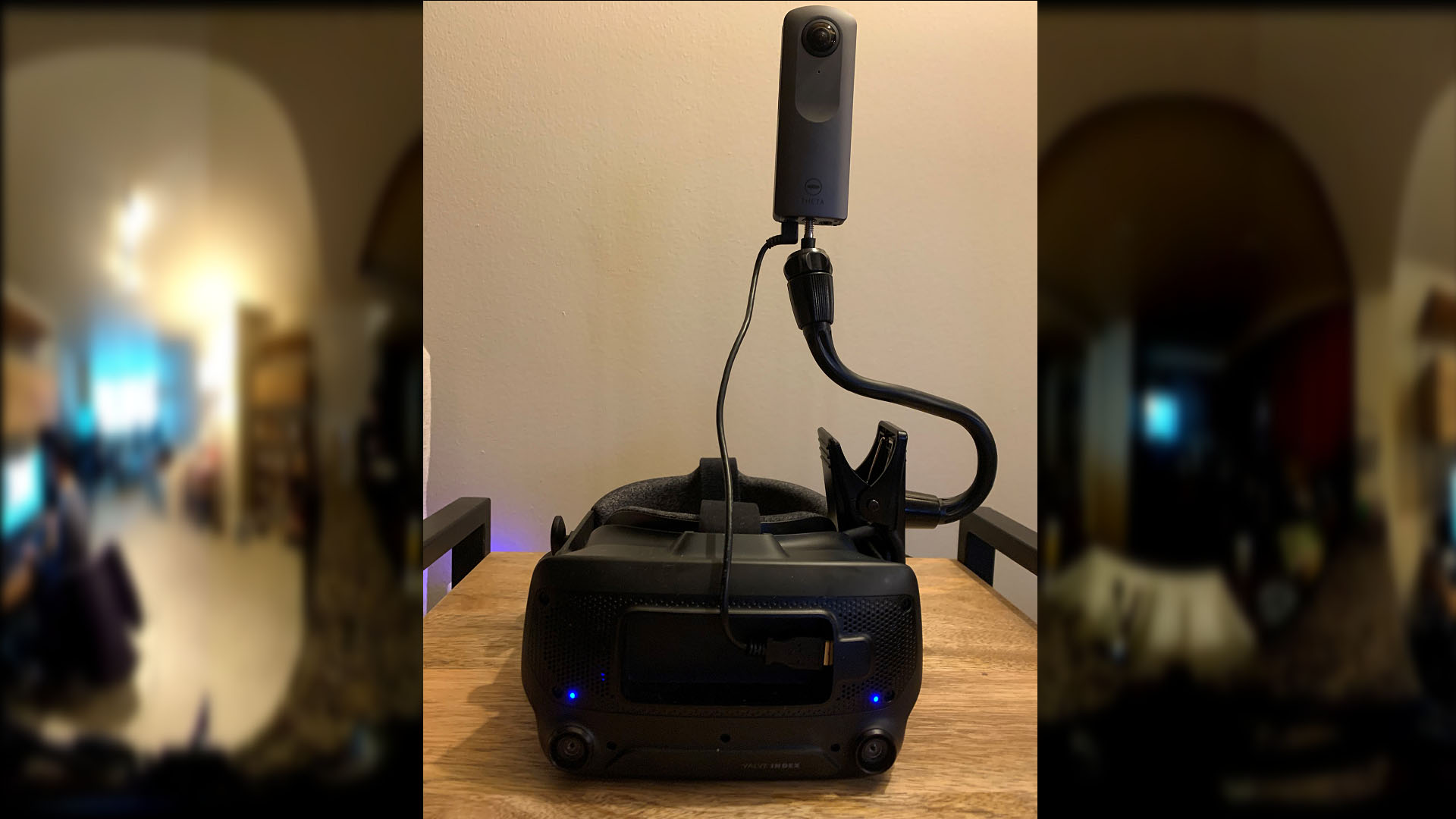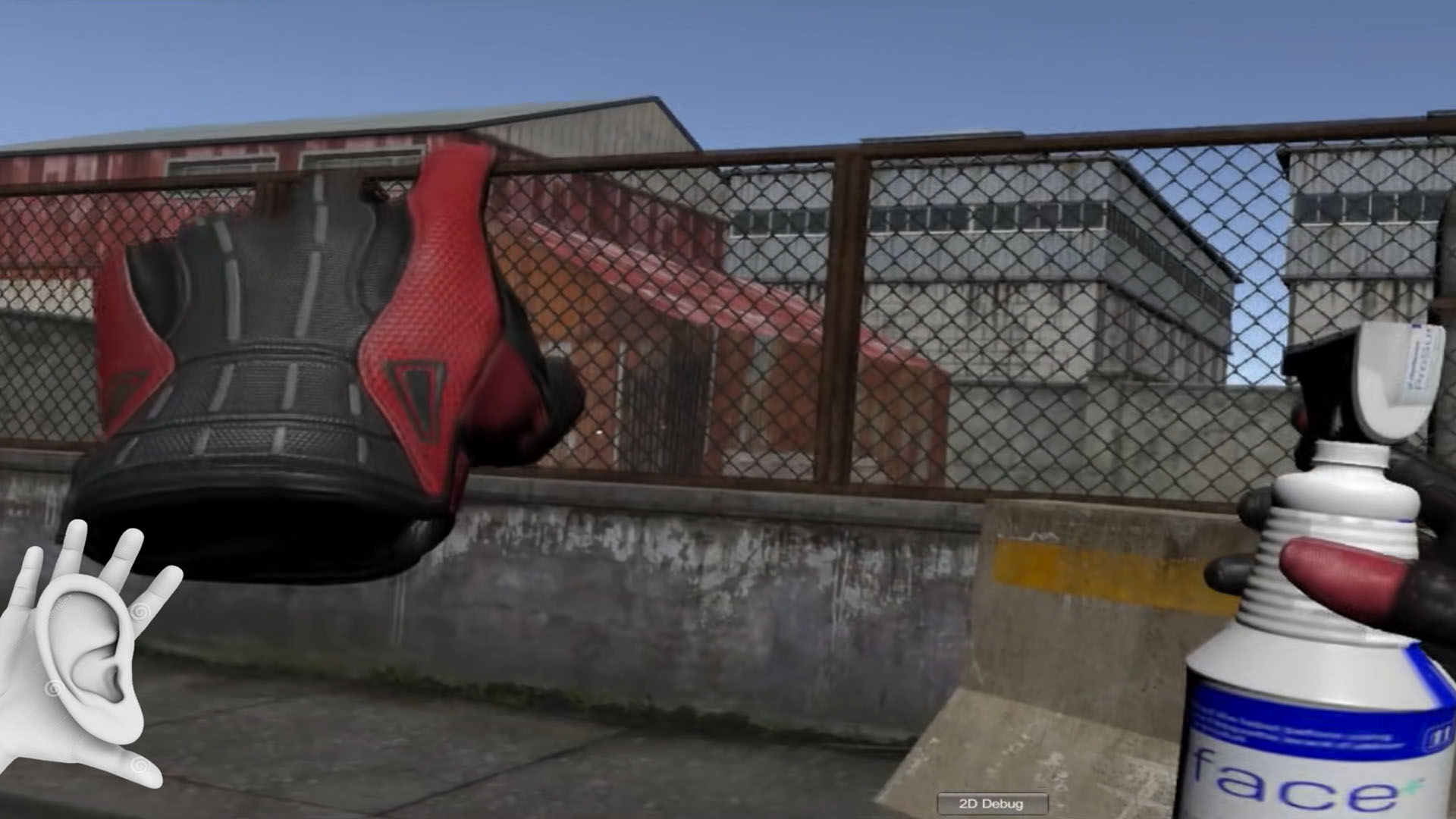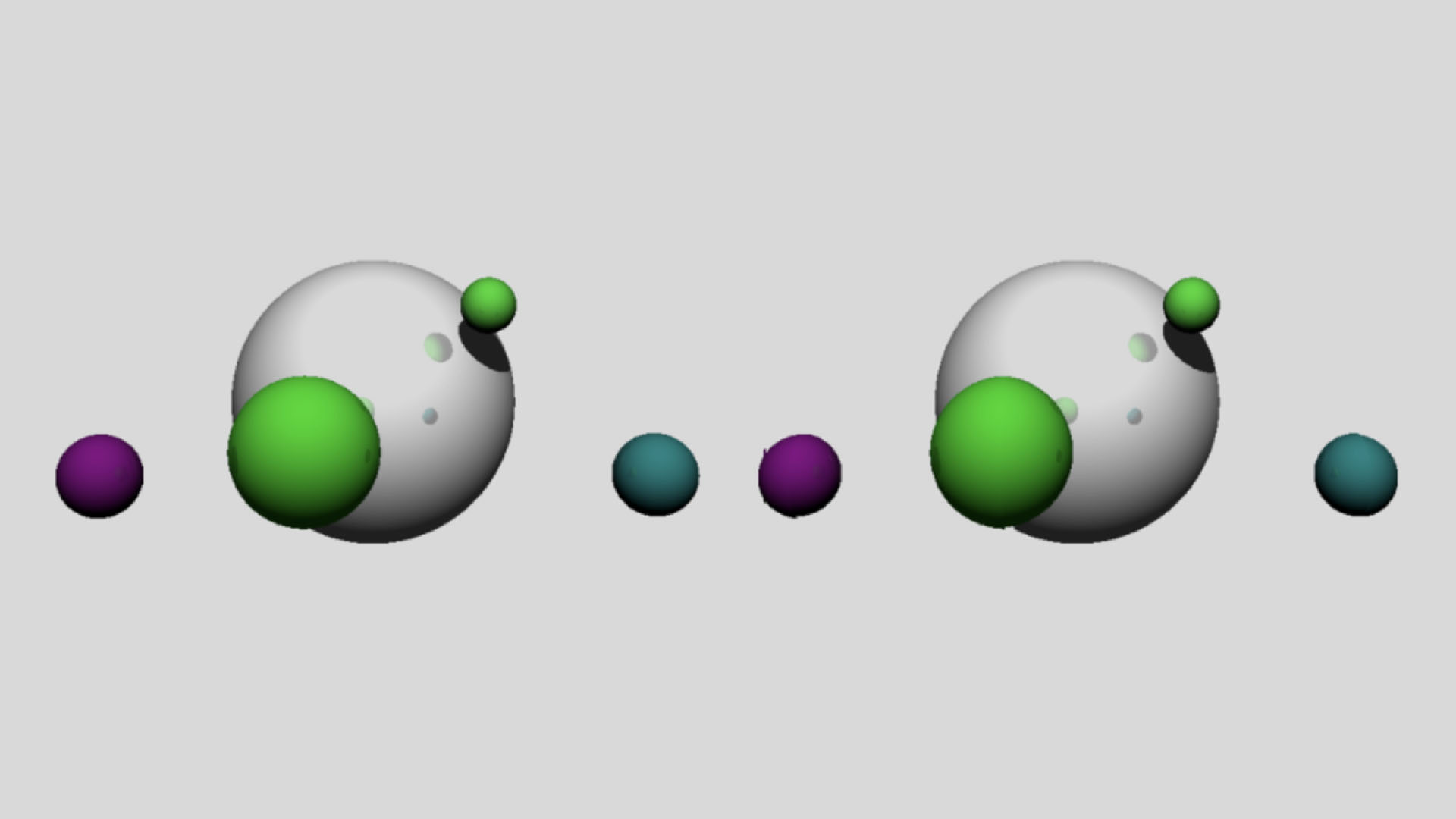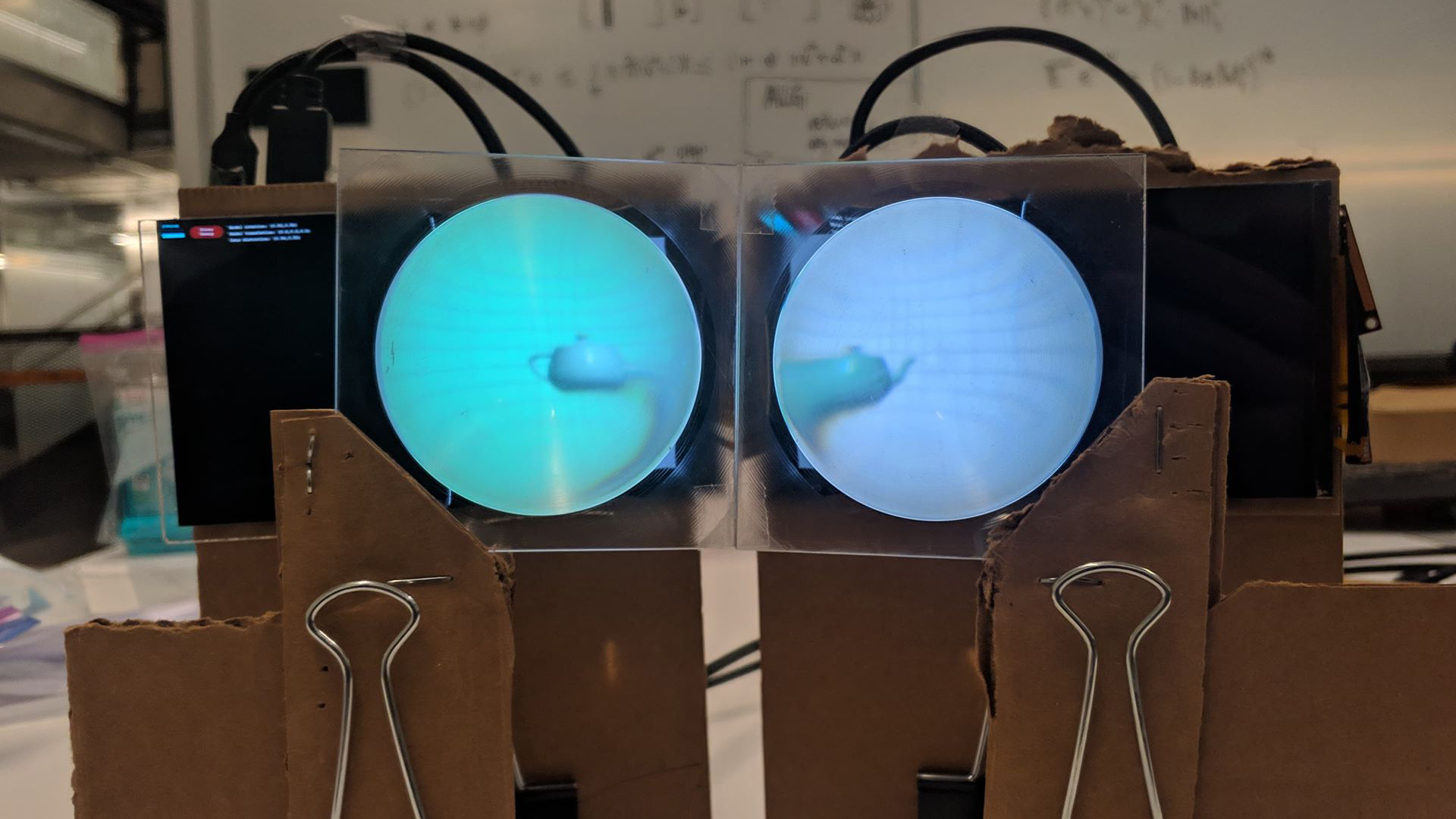Virtual Reality Systems
CSE 490V | Winter 2020
Retrospective
For a summary of CSE 490V, including interviews with the students, please read "New Virtual Reality Systems course turns students into makers", as published by the Allen School News.
Overview
Modern virtual reality systems draw on the latest advances in optical fabrication, embedded computing, motion tracking, and real-time rendering. In this hands-on course, students will foster similar cross-disciplinary knowledge to build a head-mounted display. This overarching project spans hardware (optics, displays, electronics, and microcontrollers) and software (JavaScript, WebGL, and GLSL). Each assignment builds toward this larger goal. For example, in one assignment, students will learn to use an inertial measurement unit (IMU) to track the orientation of the headset. In another assignment, students will apply real-time computer graphics to correct lens distortions. Lectures will complement these engineering projects, diving into the history of AR/VR and relevant topics in computer graphics, signal processing, and human perception. Guest speakers will participate from leading AR/VR companies, including by hosting field trips.
Acknowledgments
This course is based on Stanford EE 267. We thank Gordon Wetzstein for sharing his materials and supporting the development of CSE 490V. We also thank Brian Curless, David Kessler, John Akers, Steve Seitz, Ira Kemelmacher-Shlizerman, and Adriana Schulz for their support.
Requirements
This course is designed for senior undergraduates and early MS/PhD students. No prior experience with hardware is required. Students are expected to have completed Linear Algebra (MATH 308) and Systems Programming (CSE 333). Familiarity with JavaScript, Vision (CSE 455), and Graphics (CSE 457) will be helpful, but not necessary. Registration is limited to 40 students.
Teaching Staff

Douglas Lanman
Affiliate Instructor, University of Washington, CSE
Director, Display Systems Research, Facebook Reality Labs
Douglas is the Director of Display Systems Research at Facebook Reality Labs, where he leads investigations into advanced display and imaging technologies for augmented and virtual reality. His prior research has focused on head-mounted displays, glasses-free 3D displays, light-field cameras, and active illumination for 3D reconstruction and interaction. He received a BS in Applied Physics with Honors from Caltech in 2002, and his MS and PhD in Electrical Engineering from Brown University in 2006 and 2010, respectively. He was a Senior Research Scientist at Nvidia from 2012 to 2014, a Postdoctoral Associate at the MIT Media Lab from 2010 to 2012, and an Assistant Research Staff Member at MIT Lincoln Laboratory from 2002 to 2005. His recent work has focused on developing the Half Dome prototype series, showcasing wide-field-of-view and compact varifocal HMDs with AI-driven rendering.

Ethan Gordon
PhD Student, University of Washington, CSE
Ethan is a second-year PhD student in the Personal Robotics Lab at the University of Washington. His current research interests are in robotics and AI with a focus on physics-based deformable object manipulation and the application of assistive feeding. He has previously done work in virtual reality and integrated photonics.
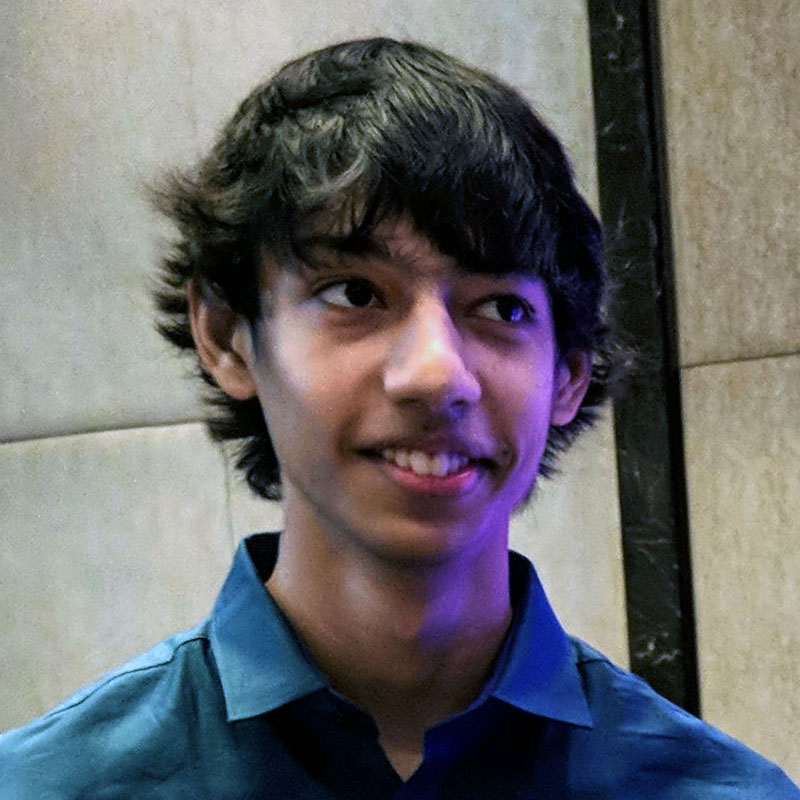
Kirit Narain
Undergraduate, University of Washington, CSE
Kirit is an undergraduate in Computer Science with a special interest in AR/VR. He is President of the Extended Reality Association and has previously completed research into building virtual reality headsets with the UW Reality Lab. His current projects include writing an XR data visualization tool and a control system for an electric racing motorcycle.
VR Headset Development Kit
Students will be provided a kit to build their own head-mounted display, including an LCD, an HDMI driver board, an inertial measurement unit (IMU), lenses, an enclosure, and all cabling. Kits must be returned at the end of the course. All software will be developed through the homework assignments. Component details are listed below.
| Component | Model | Details |
|---|---|---|
| HMD Enclosure | View-Master Deluxe VR Viewer | Mattel |
| Display Panel | Topfoison 5.5″ 1920×1080 LCD | Topfoison |
| Display Mount | Acrylic Sheet (133mm × 75mm × 2.5 mm) | TAP Plastics |
| Microcontroller | Teensy 3.2 | PJRC |
| IMU | InvenSense MPU-9250 | HiLetgo |
| Breadboards | Elegoo Mini Breadboard Kit | Elegoo |
| Jumper Wires | Edgelec 30cm Jumper Wires (Male to Male) | Edgelec |
| HDMI Cable | StarTech 6′ High Speed HDMI Cable | StarTech |
| USB Cables | Anker 6′ Micro USB Cable (2-Pack) | Anker |
| Tape | Scotch Permanent Double-Sided Tape | Scotch |
| Velcro | Strenco 2″ Adhesive Hook and Loop Tape | Strenco |
Final Projects
| Description | Materials |
|---|---|
| Hardware | |
| Exploring Wide-Field-of-View VR Headsets | Proposal and Report |
| 360° Vision using FOV Minification | Proposal and Report |
| Finger Tracking using Magnetometers | Proposal and Report |
| Body and Hand Tracking | |
| Inverse Kinematics and Full-Body Tracking for VR | Proposal and Report |
| Exploring Two-Handed Interactions | Proposal and Report |
| Bird-like Flight in VR | Proposal and Report |
| Eye Tracking | |
| Eye Tracking for VR Gaming | Proposal and Website |
| Accelerated Raytracing for VR | Proposal and Slides |
| Rendering | |
| Stereoscopic Ray Tracing for VR | Proposal and Report |
| Foveated Ray Tracing | Proposal and Report |
| VR Volume Rendering | Proposal and Report |
| Audio | |
| Ear Hands: Spatial Audio for VR Gaming | Proposal and Report |
| Training and Education | |
| AR Basketball Training | Proposal and Website |
| VR Batting Cage | Proposal and Report |
| VR Galaxy Tour | Proposal and Report |
| Applications | |
| Crime Scene Investigation | Proposal and Report |
| 3D Drawing in VR | Proposal and Website |
| Sketching in AR | Proposal and Report |
| VR Dueling | Proposal and Report |
Schedule
| Date | Description | Materials |
|---|---|---|
| Wednesday January 8 |
Introduction to VR/AR Systems | Slides Sutherland [1968] |
| Friday January 10 |
Head-Mounted Displays Part I: Conventional Optical Architectures |
Slides Kore [2018] |
| Wednesday January 15 |
Head-Mounted Displays Part II: Emerging Optical Architectures |
Slides |
| Friday January 17 |
The Graphics Pipeline and OpenGL Part I: Overview and Transformations |
Slides and
Notes Marschner (Ch. 6 & 7) |
| Wednesday January 22 |
The Graphics Pipeline and OpenGL Part II: Lighting and Shading |
Slides Marschner (Ch. 10 & 11) |
| Friday January 24 |
The Graphics Pipeline and OpenGL Part III: OpenGL Shading Language (GLSL) Kirit Narain |
Slides |
| Wednesday January 29 |
The Human Visual System Marina Zannoli (Facebook) |
Slides LaValle (Ch. 5 & 6) |
| Friday January 31 |
The Graphics Pipeline and OpenGL Part IV: Stereo Rendering Ethan Gordon |
Slides |
| Wednesday February 5 |
Inertial Measurement Units Part I: Overview and Sensors |
Slides and Notes LaValle (Ch. 9.1 & 9.2) |
| Friday February 7 |
Inertial Measurement Units Part II: Filtering and Sensor Fusion |
Slides |
| Wednesday February 12 |
Positional Tracking Part I: Overview and Sensors |
Slides and Notes |
| Friday February 14 |
Positional Tracking Part II: Filtering and Calibration |
Slides |
| Wednesday February 19 |
Advanced Topics Part I: Spatial Audio Lakulish Antani (Valve) |
Slides LaValle (Ch. 11) |
| Friday February 21 |
Advanced Topics Part II: Engines and Emerging Technologies |
Slides |
| Wednesday February 26 |
Advanced Topics Part III: VR Video Capture |
Slides |
| Friday February 28 |
Advanced Topics Part IV: Direct-View Light Field Displays |
Slides |
| Wednesday March 4 |
Final Project Working Session | |
| Friday March 6 |
Industry Presentation: Microsoft HoloLens
Mark Bolas, Joel Kollin, and Ishan Chatterjee |
|
| Wednesday March 11 |
Industry Presentation: Valve Corporation
Jeremy Selan, Alan Yates, Kerry Davis, and Jeep Barnett |
|
| Friday March 13 |
Final Project Working Session | |
| Friday March 20 |
Final Project Presentations (Open to the Public)
Zoom video conference from 12:30pm to 4:00pm |
Slides |
Assignments
Students will complete six homeworks and a final project. Each homework is accompanied by a lab (a tutorial video). Labs must be completed before starting the homeworks. We encourage formatting written portions of homework solutions using the CSE 490V LaTeX template. Students must submit a one-page final project proposal and a final report. Final reports may take the form of a website or a conference manuscript.
| Due Date | Description | Materials |
|---|---|---|
| Thursday January 23 |
Homework 1 Transformations in WebGL |
Lab 1 and Video
Assignment and Code Solutions |
| Thursday January 30 |
Homework 2 Lighting and Shading with GLSL |
Lab 2 and Video
Assignment and Code Solutions |
| Monday February 10 |
Homework 3 Stereoscopic Rendering and Anaglyghs |
Lab 3 and Video
Assignment and Code Solutions |
| Friday February 14 |
Homework 4 Build Your Own HMD |
Lab 4 and Video
Assignment and Code Solutions |
| Monday February 17 |
Final Project Proposal | Directions and Template
Example |
| Saturday February 22 |
Homework 5 Orientation Tracking with IMUs |
Lab 5 and Video
Assignment and Code Solutions |
| Sunday March 1 |
Homework 6 Pose Tracking |
Lab 6 Assignment and Code Solutions |
| Thursday March 19 |
Final Project Report | Template |
Grading and Collaboration
The grading breakdown is as follows: homeworks (70%) and final project (30%).
Projects are due by midnight on the due date. Late assignments are marked down at a rate of 25% per day. If you fail to turn in an assignment on time it is worth 75% for the first 24 hours after the deadline, 50% for the next 24 hours, 25% for the next 24 hours, and then it is worth nothing after that. Exceptions will only be given with prior instructor approval.
While the headset development kits will be shared, students are expected to individually write their homework solutions. Students may collaborate to discuss concepts for the homeworks, but are expected to be able to explain their solutions for the purposes of grading by the instructor and TAs. Final project groups can be as large as three students, subject to instructor approval.
Textbooks and Resources
Lectures are supplemented by course notes, journal articles, and textbook chapters. The following textbooks will be used for CSE 490V, which are freely available to University of Washington students via the links below.
- Marschner and Shirley. Fundamentals of Computer Graphics. 4th Edition. CRC Press, 2015.
- LaValle. Virtual Reality. Cambridge University Press, 2016.
All software will be developed using JavaScript, WebGL, and GLSL. Students should review the following tutorials and online resources to prepare for the labs, homeworks, and final projects.
- w3schools.com: JavaScript Tutorial
- WebGL using three.js: Slides, Video, Documentation, and Source
- kronos.org: WebGL 1.0 API Quick Reference Card
Office Hours and Contacts
We encourage students to post their questions to Piazza. The teaching staff can also be contacted directly at . The instructor and TAs will hold weekly office hours at the following times.
- Douglas Lanman (Wednesdays, 5:50pm to 6:30pm, CSE 436)
- Ethan Gordon (Fridays, 1:00pm to 3:00pm, CSE2 287; Mondays by appointment)
- Kirit Narain (Tuesdays, 2:30pm to 4:30pm, CSE2 150)
